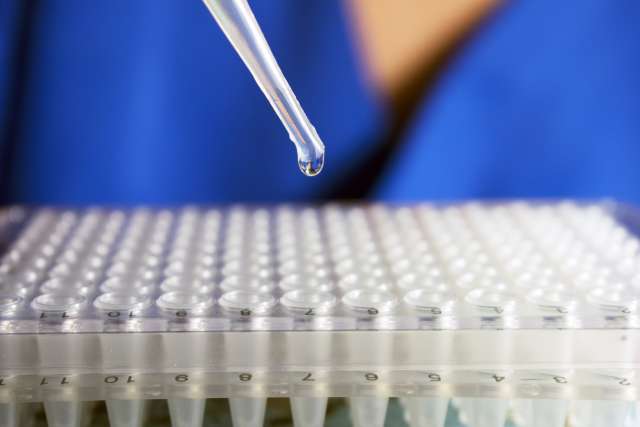Dear Doctors: My 11-year-old granddaughter was recently hospitalized for two days and diagnosed with Type 1 diabetes. This came as a shock. Her cord blood has been stored since her birth. Is there any way it can be used to help with this disease?
Dear Reader: Diabetes is a disease in which the body is unable to adequately manage blood sugar. It falls into three categories -- Type 1, Type 2 and gestational diabetes. Although the causes and mechanisms of impaired glucose control differ with each type of the disease, they all involve insulin, a hormone produced by the pancreas. Insulin helps glucose move from the blood into the cells, where it is used for energy.
In Type 1 diabetes, the beta cells of the pancreas are either unable to produce insulin, or they produce very little. This allows glucose to build up in the bloodstream, which is damaging to the body. Treatment of Type 1 diabetes involves the use of injectable insulin, managing the diet and close monitoring of blood sugar levels to avoid episodes of low or high blood sugar.
In asking about your granddaughter’s cord blood, you echo a question that has led to recent groundbreaking research into a cure for diabetes. The focus is on stem cells, which are present in cord blood.
For those who are not familiar, the term "cord blood" refers to the blood that remains in the umbilical cord and the placenta following an infant's birth. It contains stem cells, which are immature cells with the potential to develop into many different types of specialized cells. Stem cells can be used to treat lymphoma, sickle cell anemia, leukemia and some inherited disorders.
Researchers are now studying if the components of cord blood may be useful in treating a wide range of conditions and disorders. This includes cerebral palsy, stroke, spinal cord injury, diabetes, birth asphyxia, age-related cognitive decline and both Type 1 and Type 2 diabetes.
A number of recent studies exploring the use of stem cells to treat, manage or even cure Type 1 diabetes are yielding promising -- and sometimes remarkable -- results. In a small clinical trial in Sweden, certain components of cord blood were used to slow the progression of Type 1 diabetes in patients newly diagnosed with the disease. In another study, a biotech firm in San Francisco used genetically altered stem cells to successfully treat mice with Type 1 diabetes. The notable aspect here was that the stem cells were rendered “invisible” to the immune system, and thus did not provoke an immune response that could have derailed the treatment. At the University of Chicago, researchers used stem cells from cord blood to “teach” the immune system not to destroy the pancreatic cells that produce insulin.
Although promising, these advances remain in the research phase. There are no stem cell-based treatments for Type 1 diabetes available at this time. However, recent breakthroughs, not only in stem cell therapies, but also in immunotherapy and transplantation of insulin-producing cells, offer real hope for the near future.
Help Shape the Future of Diabetes Care by Joining the UCLA Diabetes Research Registry
(Send your questions to [email protected], or write: Ask the Doctors, c/o UCLA Health Sciences Media Relations, 10960 Wilshire Blvd., Suite 1955, Los Angeles, CA, 90024. Owing to the volume of mail, personal replies cannot be provided.)





